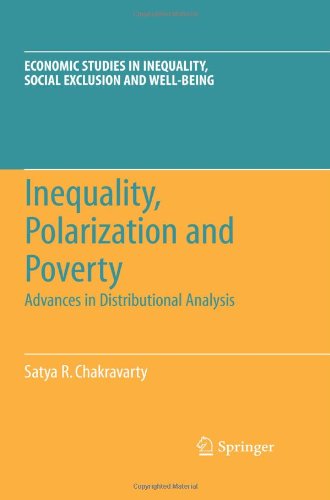

Most ebook files are in PDF format, so you can easily read them using various software such as Foxit Reader or directly on the Google Chrome browser.
Some ebook files are released by publishers in other formats such as .awz, .mobi, .epub, .fb2, etc. You may need to install specific software to read these formats on mobile/PC, such as Calibre.
Please read the tutorial at this link: https://ebookbell.com/faq
We offer FREE conversion to the popular formats you request; however, this may take some time. Therefore, right after payment, please email us, and we will try to provide the service as quickly as possible.
For some exceptional file formats or broken links (if any), please refrain from opening any disputes. Instead, email us first, and we will try to assist within a maximum of 6 hours.
EbookBell Team

0.0
0 reviewsThe study of inequality, polarization and poverty is crucial for understanding the economic well-being of the population of a country. Conceptual and methodological advances and better data have provided better insights into these issues in recent years, and it is the objective of the book to present a systematic and up-to-date treatment of the developments in the subject. Both welfare theoretic and descriptive approaches are discussed and, since the wellbeing of a population depends on income and non-income indicators, both unidimensional and multidimensional frameworks are taken into consideration. The technical terms and mathematical operations employed to analyze the results are explained intuitively in non-technical terms, and numerical analyses and graphical representations help to illustrate important concepts.